PPass
PPass Uninstallation: Simple Steps To Get Rid Of PPass Easily
PPass causes following error 0x80244023 WU_E_PT_HTTP_STATUS_GATEWAY_TIMEOUT Same as HTTP status 503 - the request was timed out waiting for a gateway., 0x0000000D, 0x00000072, 0x8024D001 WU_E_SETUP_INVALID_INFDATA Windows Update Agent could not be updated because an INF file contains invalid information., 0x80248015 WU_E_DS_SERVICEEXPIRED An operation did not complete because the registration of the service has expired., 0x80245FFF WU_E_REDIRECTOR_UNEXPECTED The redirector failed for reasons not covered by another WU_E_REDIRECTOR_* error code., 0x00000106, 0x00000026, 0x0000006E, 0x000000EB, 0x00000094, 0x8024000B WU_E_CALL_CANCELLED Operation was cancelled., 0x00000098, 0x00000061Safely Remove PPass From Infected PC
PPass is a harmful program which is reported to infect number of PC. Like other PC infection, it also intrude silently in its targeted PC. It is difficult to detect its existence because the threat run all its malicious process in the background of PC. The first thing this threat do after invasion is to modify PC settings. Through this way it get the persistence to execute its malicious services freely. Most of the user don't know how this threat come in their PC because it comes via tricky ways like bundled with software, spam email, infected site etc. This nasty program not let you do any activity properly even you can't surf Internet properly. In addition, it is also reported for bringing other malware which badly damage the PC. Presence of this threat also put your privacy on risk. So if you don't want to suffer these issue then Remove PPass now.
Method 1 : Start Your PC In Safe Mode With Networking
Method 2 : Removing PPass From Control Panel
Method 3 : Removing PPass From Registry Editor
Method 4 : Block Related Process To PPass From Task Manager
Method 5 : Removing PPass From Internet Explorer
Method 1 : Start Your PC In Safe Mode With Networking
For Windows XP/Vista/7
- Open the 'Start' menu > click on 'Restart' option.
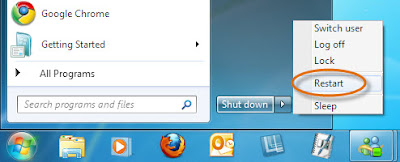
- Continue pressing 'F8' button when the PC start booting.

- It will open 'Advance boot menu' on the screen.

- Now choose 'Safe Mode With Networking' > press Enter.

For Windows 8/10
- Go to 'Start' menu and click on 'Restart' button by holding shift button.

- From the opened window, Select 'Troubleshoot' option.

- After that click on 'Advanced' Options.
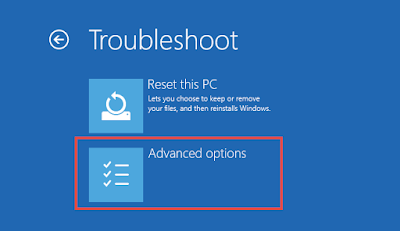
- Then Select the 'Start-up Settings' option.

- Choose 'Enable Safe Mode option' then click on Restart.

- Finally select 'Safe Mode With Networking'.

Method 2 : Removing PPass From Control Panel
Remove PPass From Windows XP
- From the start menu, click on 'control panel'.
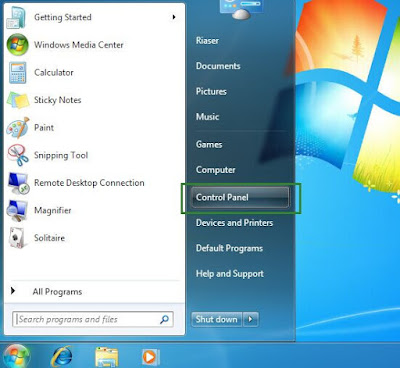
- Then go to Add or Remove programs option.
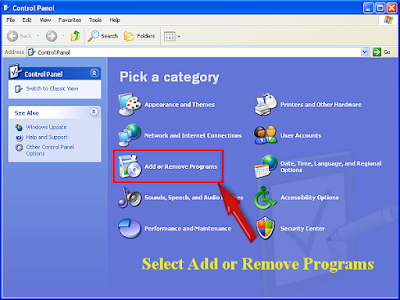
- Find out and Remove PPass related program from PC.
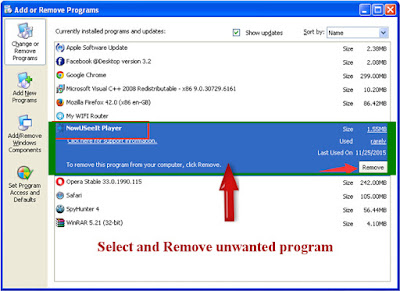
Remove PPass From Windows 7
- First of all, press the 'Windows' button.

- Then select Control Panel from start menu.
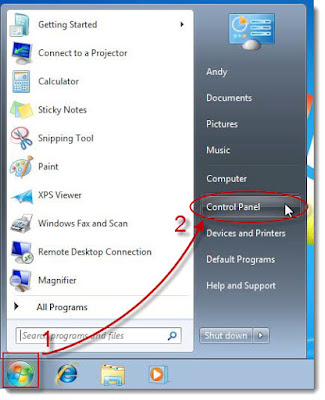
- From the program menu, select remove a programs option.
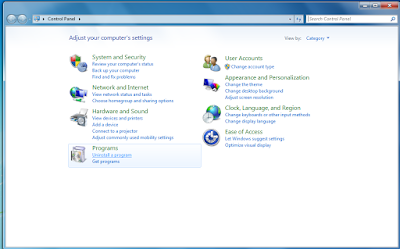
- Then select PPass related program and remove them.
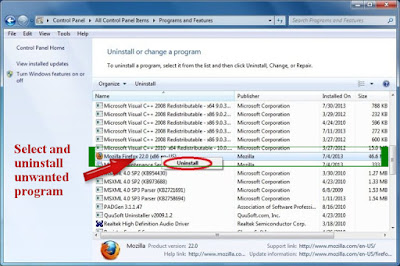
Remove PPass From Windows 8
- Open the Run Box by pressing Win+R key together.

- In the Run box type 'control panel' and press Enter.

- Then Click on the uninstall a program option.

- Right-click on PPass related, click on remove option.

Remove PPass From Windows 10
- From the start menu select the Settings option.

- Then you have to select system option.
- Then click on the Apps and Features option.

- Search for PPass related program and Remove them.

Method 3 : Removing PPass From Registry Editor
- You have to press Win + R keys together to open Run window.
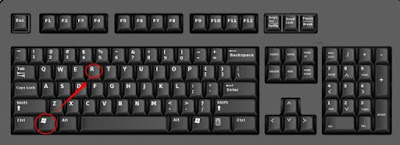
- After that type 'regedit' in the box and click on OK.
- Find out PPass related registry and Remove them.
HKEY_LOCAL_MACHINESYSTEMCurrentControlSetServicesWpm
HKEY_CURRENT_USERSoftwareMicrosoftInternet ExplorerMain 'Default_Page_URL'
HKEY_LOCAL_Machine\Software\Classes\PPass
HKEY_CURRENT_USER\Software\Microsoft\Windows\CurrentVersion\Run '.exe'
HKCU\Software\Microsoft\Windows\CurrentVersion\Internet Settings\random
HKEY_LOCAL_MACHINE\SOFTWARE\Microsoft\Windows\CurrentVersion\run\random
HKEY_CURRENT_USER\Software\Microsoft\Windows\CurrentVersion\Internet Settings 'CertificateRevocation' = ’0



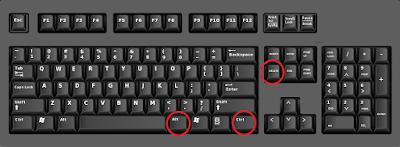
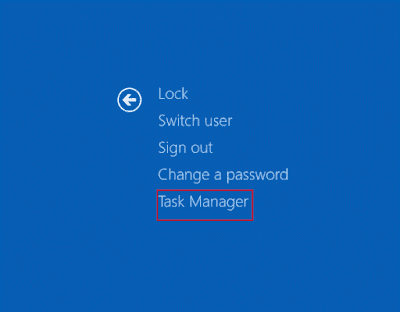
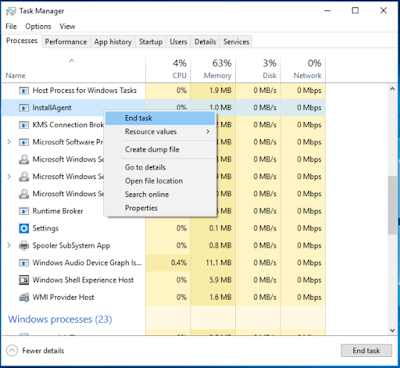
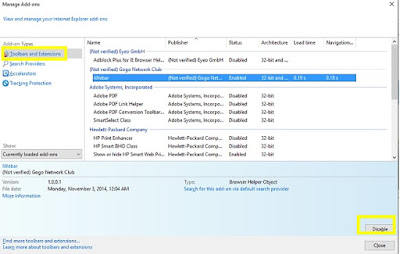

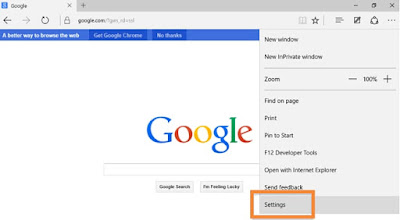
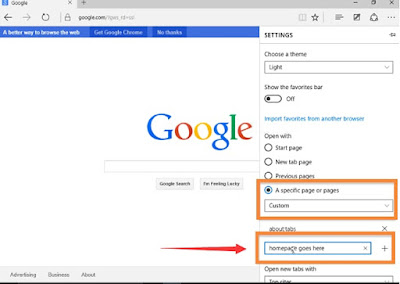
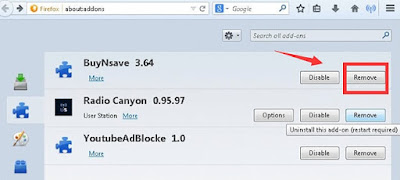
No comments:
Post a Comment